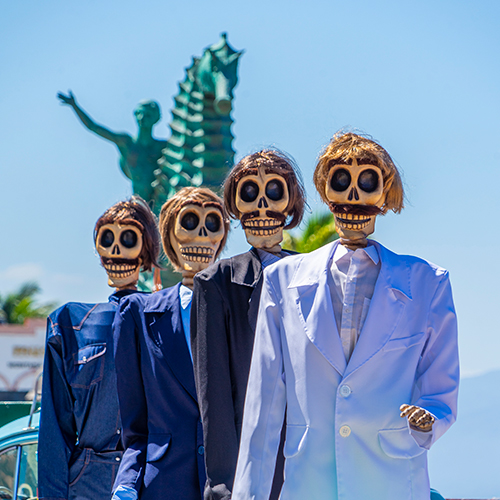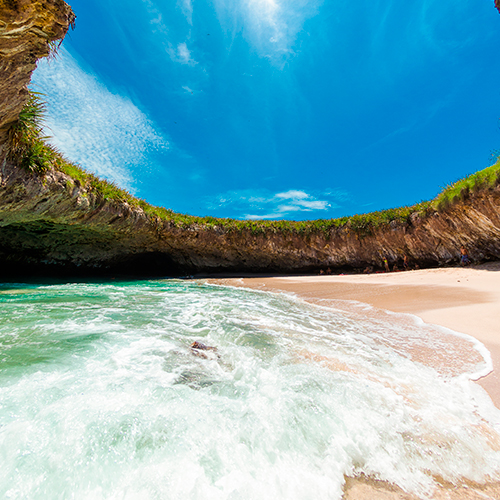October 17, 2024
One of the most enduring symbols of the Day of the Dead (Día de los Muertos) in Mexico is the Calavera Catrina, or simply "La Catrina". Her skeletal face has become synonymous with Mexico's celebration of life and death, adorned with an elegant dress and an ornate hat.
But a rich history of social critique, cultural identity, and Mexican tradition lies behind this jovial figure. Understanding the story of La Catrina provides valuable insight into her evolution from a satirical cartoon to a beloved Day of the Dead icon and symbol of Mexico's unique relationship with mortality.
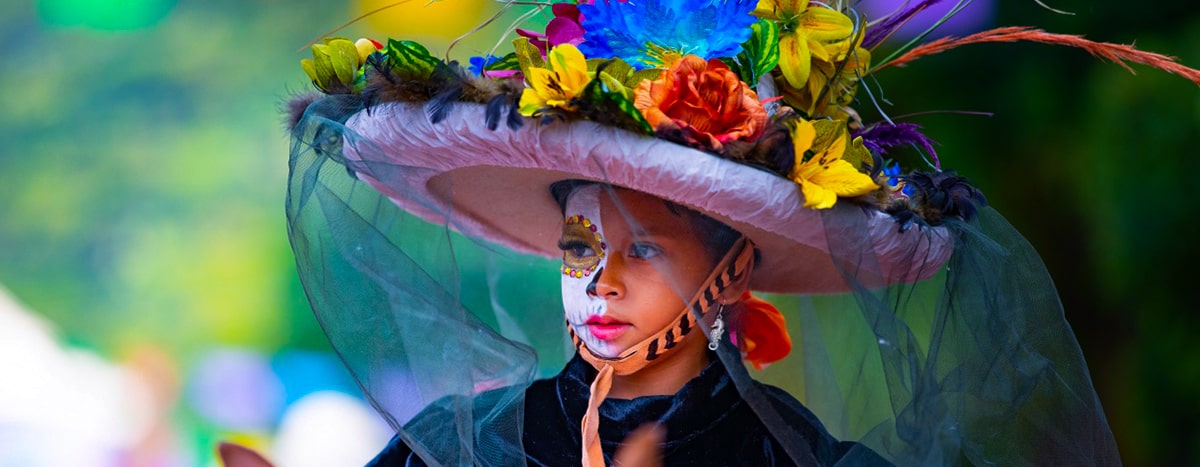
La Catrina's origins go back to the early 20th century. She was first illustrated by José Guadalupe Posada, a famous Mexican engraver and satirist. The skeletal figure was created to mock high-society Mexicans who sought to adopt European fashions and traditions, often disregarding their own indigenous heritage, and was originally called "La Calavera Garbancera."
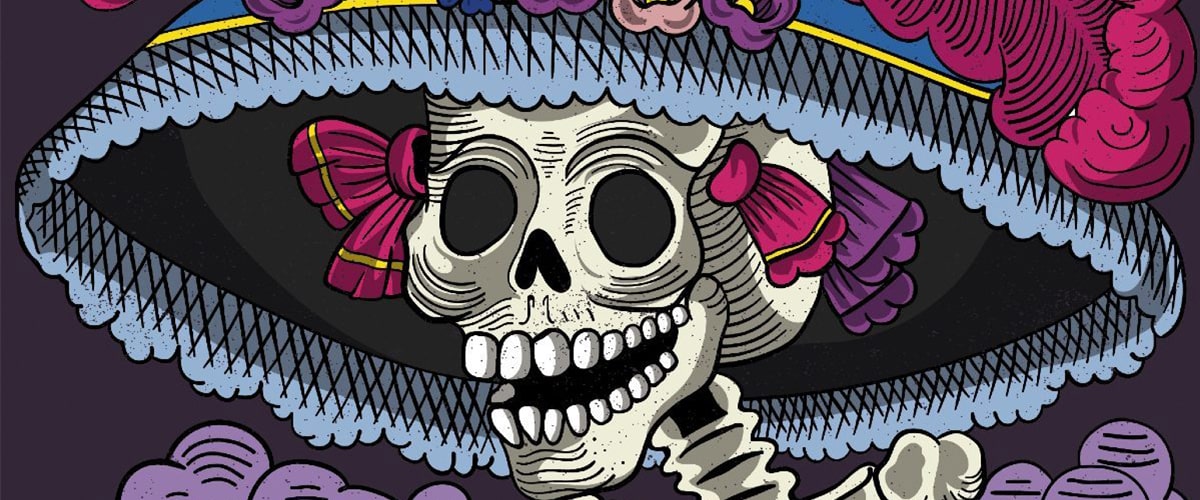
The word "garbancera" was a reference to people who sold "garbanzos" (chickpeas), but also symbolized those who tried to be more European in taste and appearance.
“Garbancera” is a nickname for an Indigenous American who tries to look European and denies their own heritage. Catrina hides her Mexican origins by wearing a French style hat and just her bones which make her look whiter. It was a political commentary on the mess created by Mexican dictator Porfirio Diaz who was obsessed with European ways and helped modernize Mexico, but was so corrupt that his leadership inspired the Mexican Revolution. (Catrina La Calavera Garbancera, New York Latin Culture Magazine.)
A subtle jab at the Mexican elite for choosing European values over their native culture, Posada's skeletal La Calavera Garbancera was depicted wearing an elaborate French-style hat.
This early version of La Calavera reminded us that everyone is equal in death, regardless of social status, wealth, or ambition.
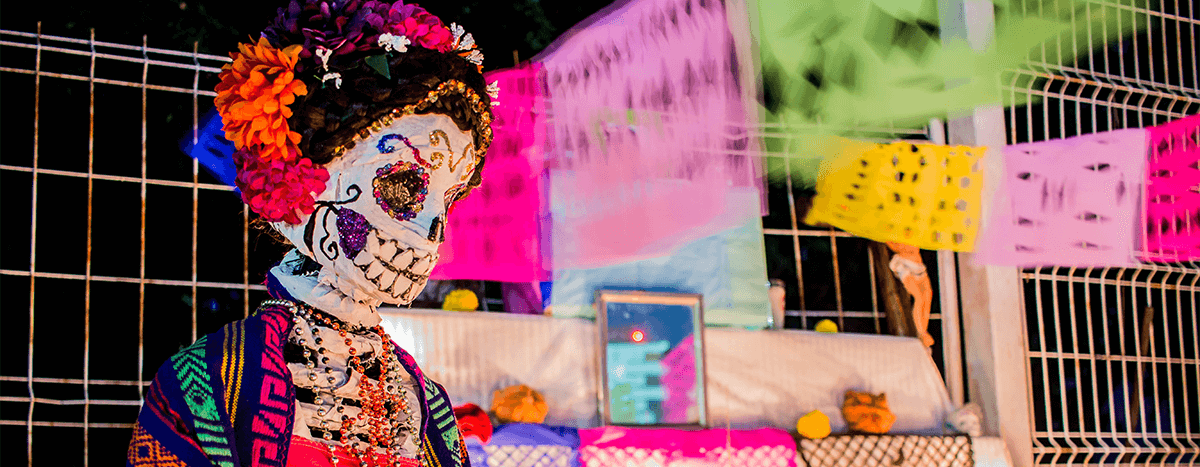
The name "La Catrina" and her modern appearance were made popular by Mexican muralist Diego Rivera, who recreated the character in his mural Dream of a Sunday Afternoon in Alameda Park.
Rivera dressed La Catrina in a sophisticated costume and placed her at the center of a panoramic view of Mexican history, alongside other notable figures such as Frida Kahlo, the Cuban hero José Martí, the Mexican writer José Vasconcelos, and Posada himself.
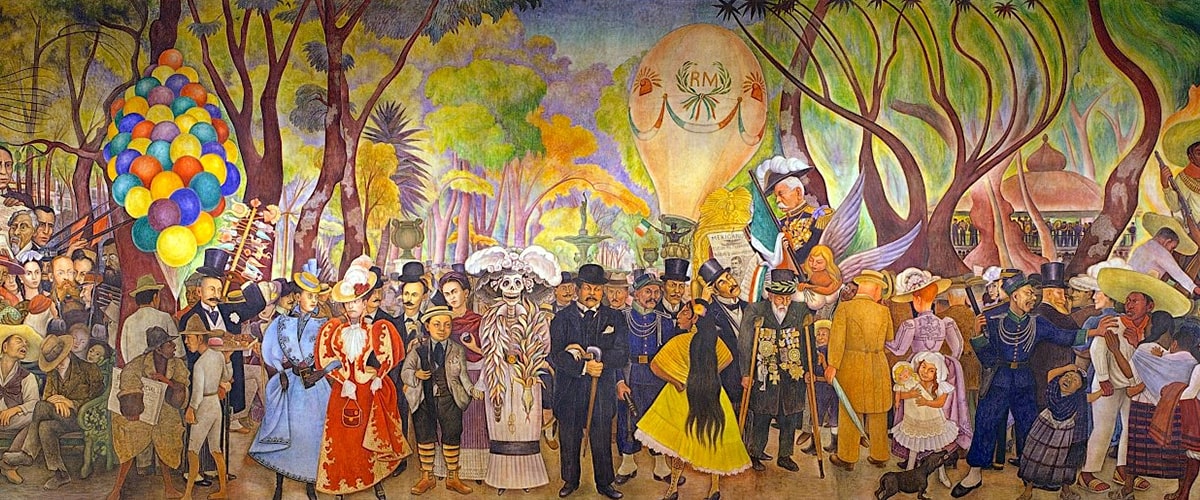
Rivera's reinterpretation of La Catrina transformed her from a satirical symbol of class critique into a figure who embodied the complexities of Mexican culture with a blend of humor, history, and social commentary.
By placing her in an upscale outfit, he maintained Posada's critique of vanity. At the same time, he turned her into an icon that reflects Mexico's identity and heritage.
![]()
Over the course of the years, La Catrina has undergone a significant transformation. Originally a critique of social norms, she is now a beloved figure in Day of the Dead celebrations and a symbol of the Mexican view of death as a natural part of life.
Her grinning skull and festive dress embody the spirit of Día de los Muertos—a celebration in which families come together to honor and remember their deceased loved ones with joy, music, and laughter.
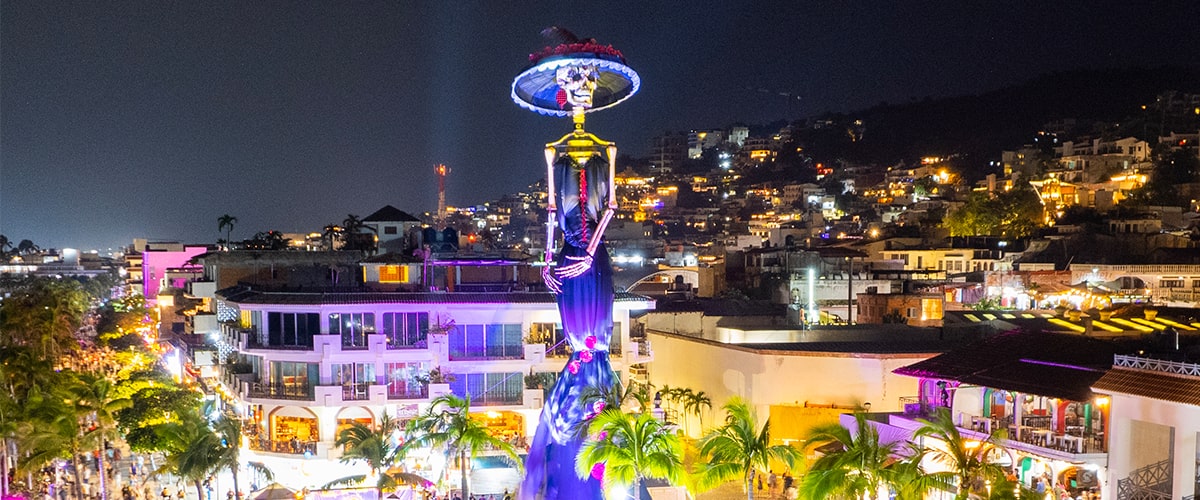
Nowadays, La Catrina is everywhere during the Day of the Dead. Her image is used to remind everyone that death is not something to be feared, but rather embraced as part of the human experience, from giant sculptures and costumed parades to sugar skulls and face painting.
Her presence at the Día de los Muertos celebration is a testament to the belief that death is not the end. Rather, it is a continuation of the cycle of life.
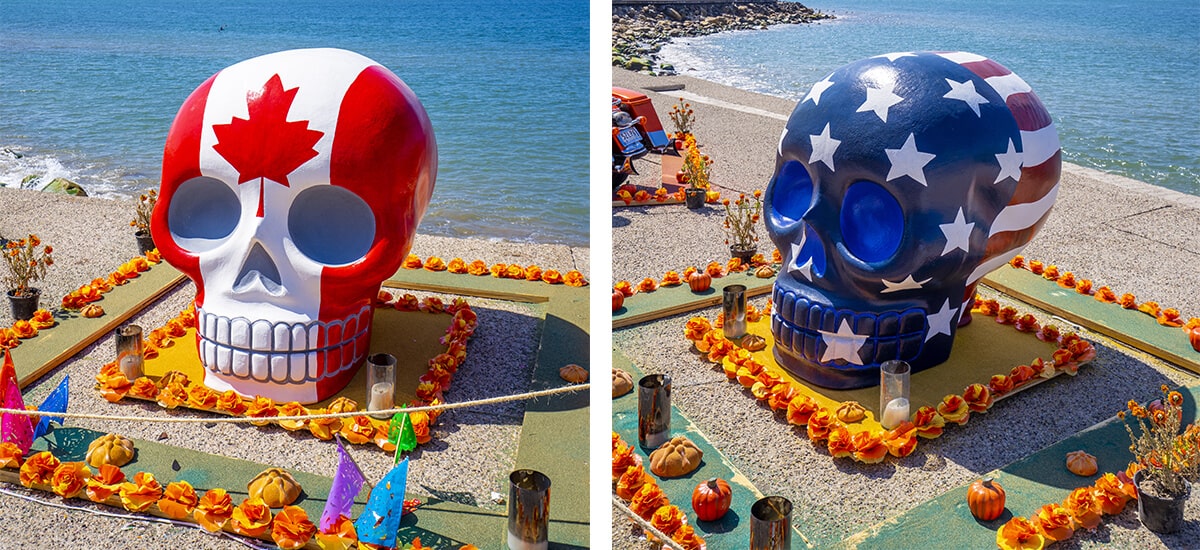
La Catrina has become a global cultural icon over the decades. Appearing in parades, festivals, and art installations, she is prominently featured in Day of the Dead celebrations throughout Mexico and beyond.
She has also become a beloved symbol of Mexico's vibrant cultural heritage, and her image has been appropriated by artists, fashion designers, and filmmakers.
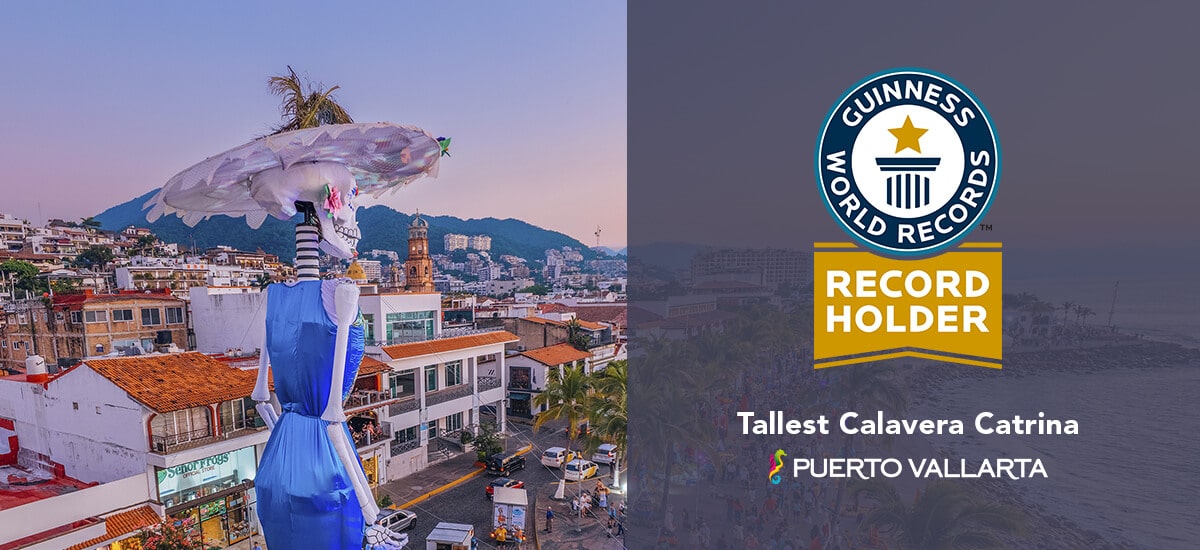
Giant Calavera Catrinas are constructed as part of the annual Día de los Muertos celebrations in cities like Puerto Vallarta. Paying homage to her legacy, tourists and locals alike dress up as La Catrina, painting their faces to resemble her skeletal features and donning elaborate costumes.
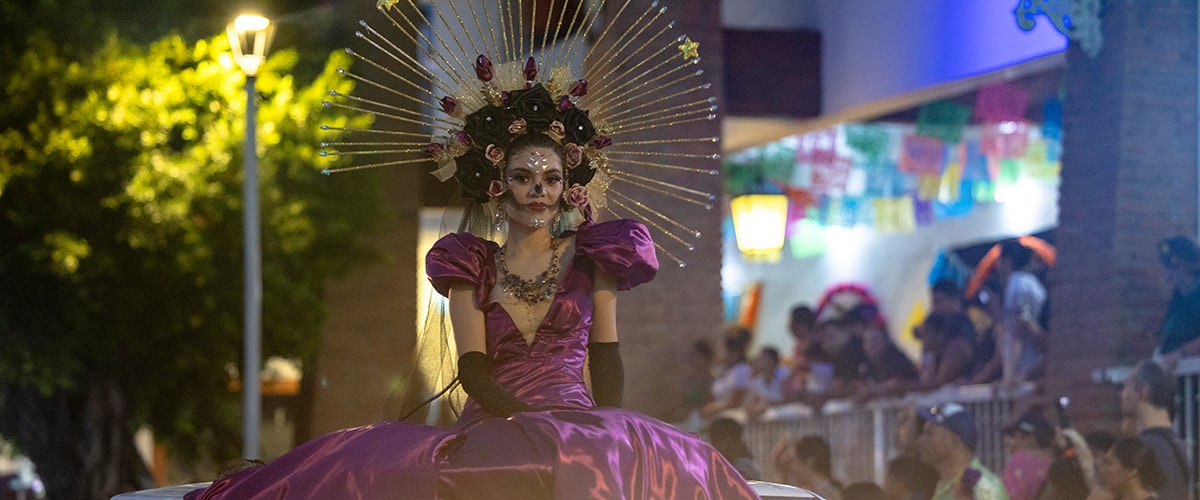
One of the things that makes La Catrina so fascinating is her ability to bridge the gap between humor and seriousness, between life and death. She teaches us that death is not something to be feared, but something to be celebrated, and that in the end, our humanity is our common bond.
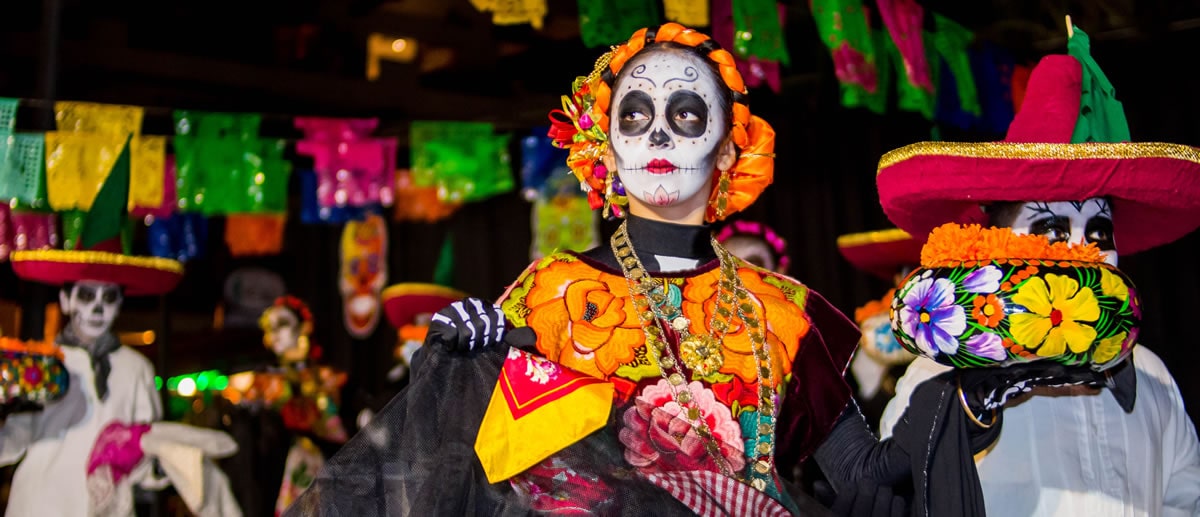
La Catrina reminds us to laugh at life's ironies, honor our loved ones, and live fully as the central figure of the Day of the Dead celebrations.
Her grinning face and elegant dress will continue to inspire generations to come, making La Catrina not only an icon of the Day of the Dead in Puerto Vallarta, but also a symbol of the enduring spirit of Mexico.
Experience the Day of the Dead in Puerto Vallarta, featuring the tallest Calavera Catrina in the world, altars, traditions and activities. Read more
Gaviotas Restaurant at Sheraton Puerto Vallarta won Latin America's Best Fine Dining Hotel Restaurant 2024 at the World Culinary Awards. Read more
Explore the Marietas Islands near Puerto Vallarta. Hidden beaches, snorkeling, and adventure await in this natural paradise... Read on. Read more
